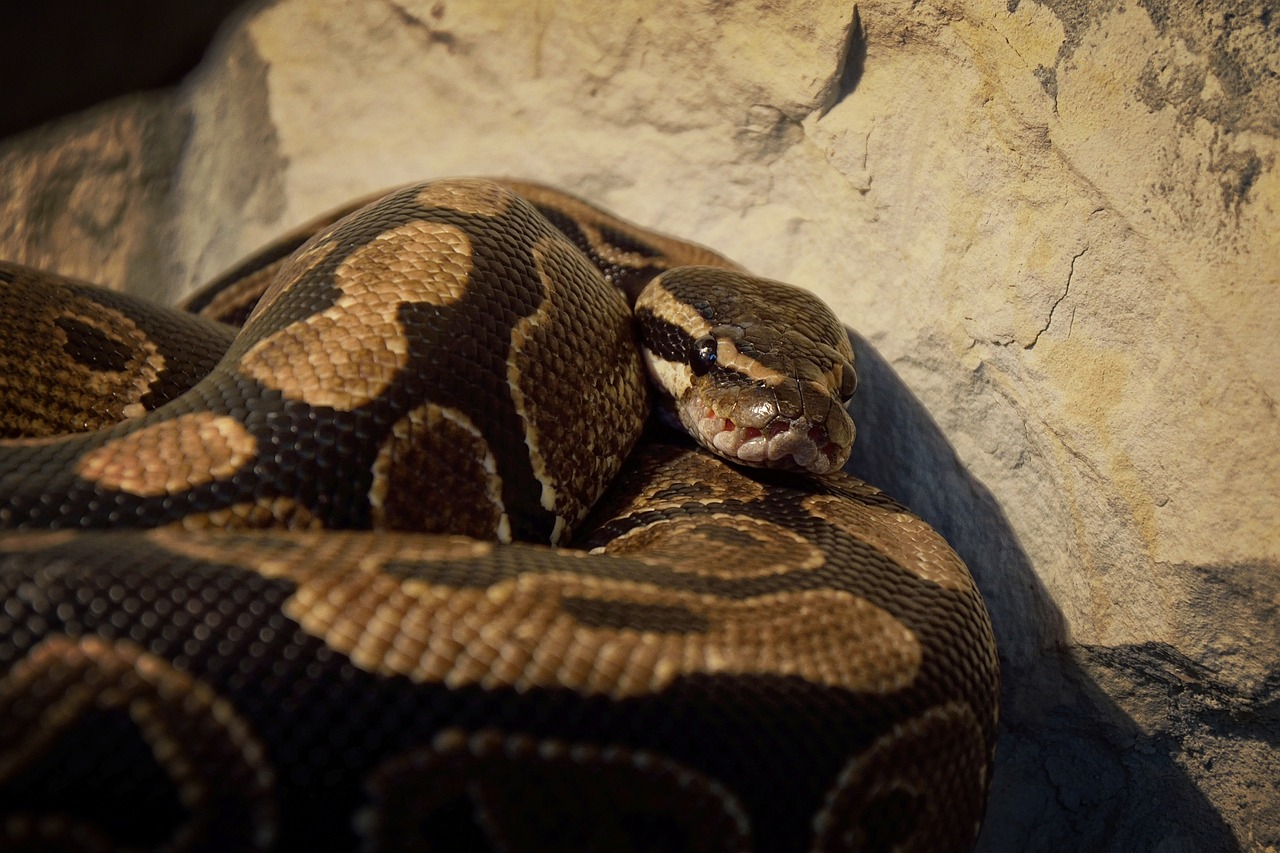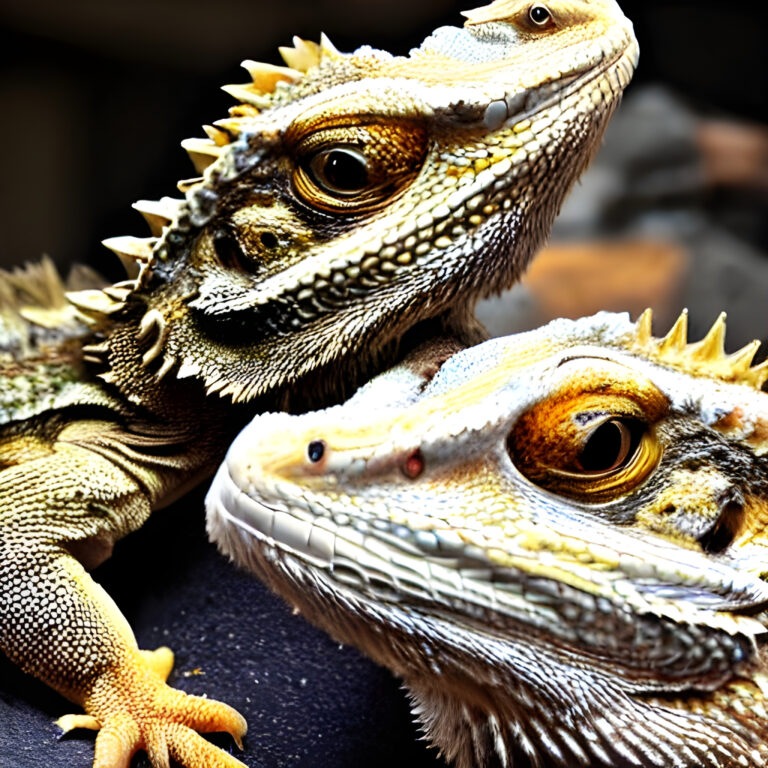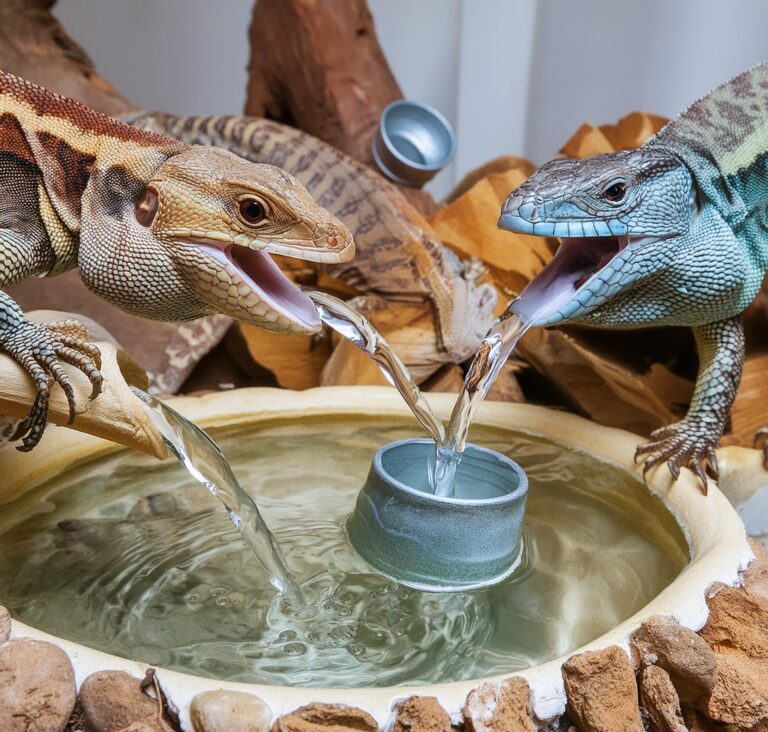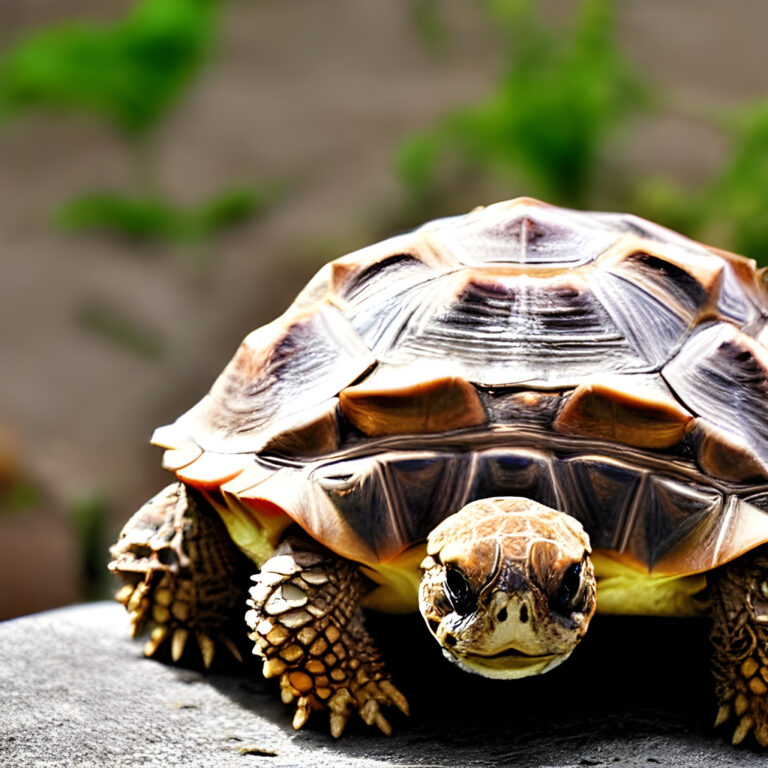Achieving Optimal Humidity Levels in Your Ball Python Tank: A Comprehensive Guide
Understanding the importance of humidity levels in your ball python tank
Humidity plays a crucial role in maintaining the health and well-being of your ball python. As a reptile native to the tropical regions of Africa, ball pythons require specific humidity levels in their tank to replicate their natural habitat. Understanding the importance of humidity and how to achieve optimal levels is essential for the long-term care of your ball python.
Maintaining proper humidity ensures that your ball python can shed its skin properly, aids in respiratory function, and helps prevent dehydration. If the humidity levels in your ball python tank are too low or too high, it can lead to a variety of health issues, including respiratory infections, difficulty shedding, and overall stress. By creating a suitable environment with the right humidity levels, you can ensure your ball python thrives in captivity.
To measure the humidity in your ball python tank, you can use a digital hygrometer. This device provides accurate readings of the humidity levels, allowing you to monitor and adjust as needed. Ideally, the humidity in a ball python tank should be maintained between 50% to 60%. This range mimics the conditions found in the natural habitat of ball pythons and promotes their overall well-being.
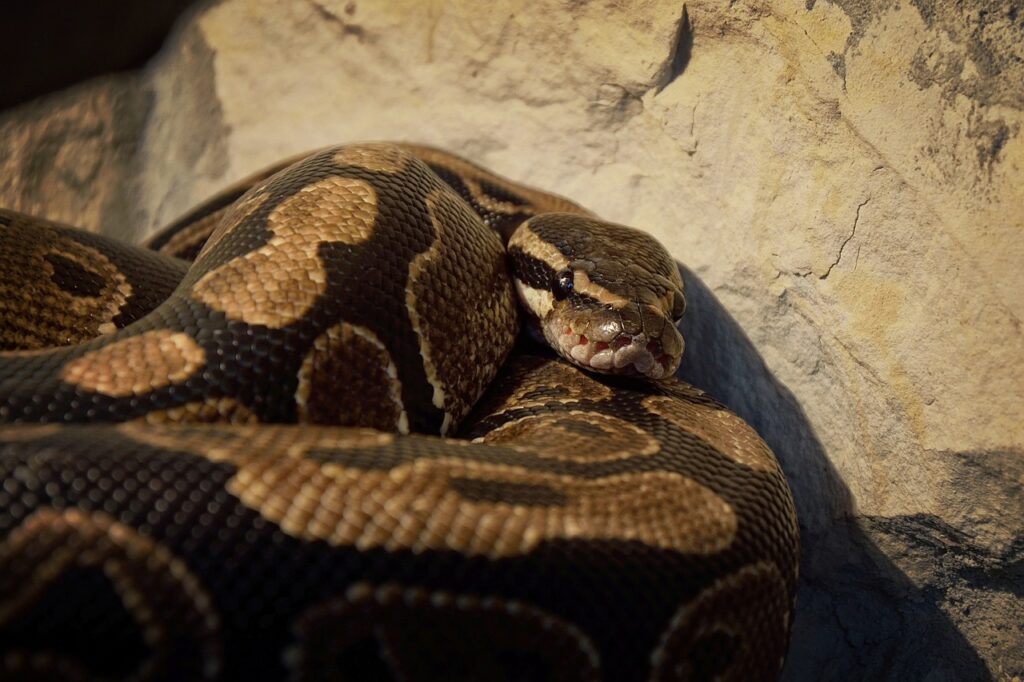
Common issues with humidity in ball python tanks
One common issue with humidity in ball python tanks is low humidity. If the humidity falls below the recommended range, it can lead to a variety of problems for your snake. Low humidity can result in difficulty shedding, as the dry air makes it challenging for the snake to remove its old skin. This can lead to retained shed, which can constrict blood flow and cause serious health issues. Additionally, low humidity can cause respiratory problems, as the snake’s respiratory system requires a certain level of moisture to function properly.
On the other hand, high humidity can also pose problems. Excessive moisture in the tank can create an ideal environment for bacterial and fungal growth, leading to skin infections and respiratory issues for your ball python. High humidity can also contribute to the development of scale rot, a condition where the snake’s scales become infected due to prolonged exposure to moisture. It is important to strike a balance and maintain humidity levels within the recommended range to prevent these issues.
How to measure humidity in a ball python tank
To accurately measure the humidity in your ball python tank, you will need a digital hygrometer. These devices are readily available at pet stores and online retailers. Place the hygrometer inside the tank, ensuring it is positioned in an area where your snake spends a significant amount of time. This will provide you with an accurate reading of the humidity levels in the tank.
It is important to note that humidity levels can vary within different areas of the tank. Hot spots, such as the basking area, may have lower humidity levels compared to cooler areas. Monitoring the overall humidity as well as specific areas within the tank will give you a comprehensive understanding of the conditions your ball python is experiencing.
Tips for increasing humidity in a ball python tank
If you find that the humidity in your ball python tank is consistently lower than the recommended range, there are several strategies you can employ to increase it:
- Provide a larger water dish: Increasing the size of the water dish in the tank can help increase humidity levels. Evaporation from the water will contribute to the overall moisture in the air.
- Use a reptile fogger or mister: Reptile-specific foggers and misters are designed to increase humidity levels in reptile tanks. These devices release a fine mist of water into the tank, raising the humidity.
- Cover part of the tank: By covering a portion of the tank with a plastic sheet or towel, you can create a more enclosed space that retains moisture. This can help increase humidity levels.
- Add live plants: Live plants not only add aesthetic value to the tank but also contribute to moisture retention. Plants release moisture through transpiration, increasing humidity levels.
By implementing these tips, you can effectively increase the humidity in your ball python tank and create a more suitable environment for your snake.
Tips for decreasing humidity in a ball python tank
If the humidity in your ball python tank is consistently higher than the recommended range, there are steps you can take to decrease it:
- Increase ventilation: Ensure that the tank has proper ventilation to allow for air circulation. This will help reduce humidity levels by allowing excess moisture to escape.
- Use a dehumidifier: If the humidity in the room where the tank is located is consistently high, using a dehumidifier can help decrease overall humidity levels.
- Reduce water surface area: If you have a large water dish in the tank, replacing it with a smaller one can help reduce evaporation and subsequently lower humidity levels.
- Remove any wet substrate: If you are using a substrate that retains moisture, such as coconut husk or moss, removing any wet or damp areas can help decrease humidity.
By following these tips, you can effectively decrease the humidity in your ball python tank and create a more suitable environment for your snake.
Humidity aids and accessories for ball python tanks
There are several humidity aids and accessories available that can help you maintain optimal humidity levels in your ball python tank:
- Humid hides: Humid hides are small enclosed areas within the tank that provide a higher humidity microclimate. These hides can be filled with damp substrate or moss to create a humid environment for your ball python.
- Misting systems: Misting systems are automated devices that release a fine mist of water into the tank at regular intervals. These systems help maintain consistent humidity levels without the need for manual misting.
- Humidity boxes: Humidity boxes are small plastic containers filled with damp substrate or moss. Placing one of these boxes in the tank provides a specific area of higher humidity for your ball python to utilize when shedding.
These accessories can be beneficial in maintaining optimal humidity levels and ensuring the overall well-being of your ball python.
Mistakes to avoid when managing humidity in a ball python tank
While it is essential to monitor and manage humidity levels in your ball python tank, there are some common mistakes to avoid:
- Over-misting: Excessive misting can lead to overly high humidity levels, creating an environment prone to bacterial and fungal growth. Stick to regular misting intervals and monitor the humidity closely.
- Using improper substrates: Some substrates can retain moisture excessively, leading to high humidity levels. Avoid substrates that are known for retaining moisture, such as cypress mulch or certain types of moss.
- Neglecting ventilation: Insufficient ventilation can lead to stagnant air and high humidity levels. Ensure that your tank has proper ventilation to allow for air circulation.
- Ignoring shedding signs: If your ball python is having difficulty shedding, it may be an indication of incorrect humidity levels. Pay attention to the shedding process and adjust humidity accordingly.
By avoiding these mistakes, you can effectively manage humidity levels in your ball python tank and promote the health of your snake.
Troubleshooting humidity issues in a ball python tank
If you are experiencing persistent issues with humidity in your ball python tank, there are a few troubleshooting steps you can take:
- Check for leaks: Ensure that the tank is not leaking, as this can lead to moisture escaping and difficulty maintaining humidity levels.
- Evaluate the tank setup: Review the overall setup of the tank, including the substrate, water dish, and hiding spots. Make any necessary adjustments to optimize humidity levels.
- Consider environmental factors: Factors such as room temperature and ambient humidity can impact the humidity in the tank. Adjusting these factors can help stabilize humidity levels.
- Consult with a reptile veterinarian: If you are unable to resolve humidity issues on your own, it is advisable to seek guidance from a reptile veterinarian. They can provide specific recommendations based on your unique situation.
By troubleshooting and addressing humidity issues, you can ensure your ball python has the optimal environment for its well-being.
Conclusion and final thoughts on maintaining optimal humidity levels in a ball python tank
Maintaining optimal humidity levels in your ball python tank is crucial for the overall health and well-being of your snake. By understanding the importance of humidity, measuring and monitoring levels, and implementing appropriate strategies, you can create a suitable environment that mimics the natural habitat of ball pythons.
Remember to strike a balance with humidity levels, as both low and high humidity can lead to health issues for your snake. Utilize the tips and accessories mentioned in this guide to adjust humidity levels as needed.
If you are experiencing persistent issues with humidity, it is always recommended to consult with a reptile veterinarian for further guidance. They can provide personalized advice based on your specific circumstances.
By prioritizing humidity management in your ball python tank, you are ensuring the long-term health and well-being of your beloved pet.
Must Read : Best Temperature and Humidity Controllers for Reptiles
